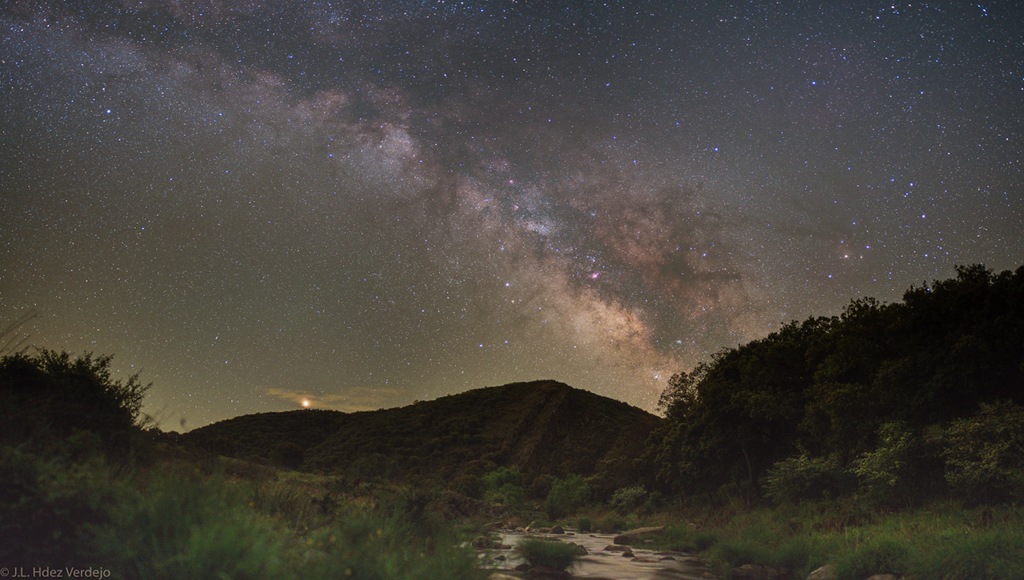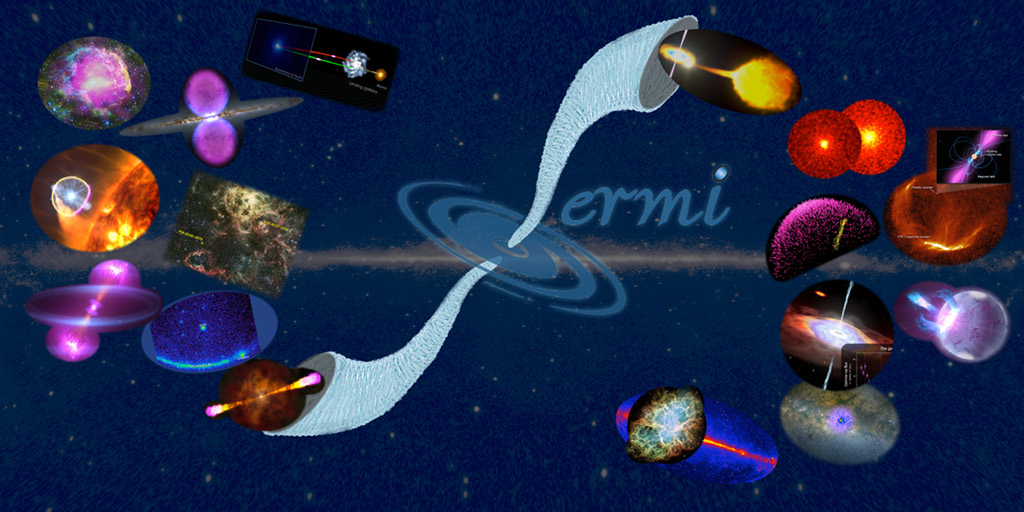
Countryside Mars and Milky Way

New Crew Arrives at the International Space Station
Hubble Images a Galaxy with Threads of Blue
Fermi Science Playoffs

Researchers to Discuss Science Launching on Next Resupply Mission to Space Station
NASA will host a media teleconference at 2 p.m. EDT Monday, June 11, to discuss a number of science investigations launching to the International Space Station on the next SpaceX commercial resupply mission.
from NASA https://ift.tt/2JtndGB
via IFTTT![]()
NASA Finds Ancient Organic Material, Mysterious Methane on Mars
NASA’s Curiosity rover has found new evidence preserved in rocks on Mars that suggests the planet could have supported ancient life, as well as new evidence in the Martian atmosphere that relates to the search for current life on the Red Planet.
from NASA https://ift.tt/2M60TnX
via IFTTT![]()
NASA TV to Air US Spacewalk at International Space Station
NASA astronauts will embark on a six-and-a-half-hour spacewalk Thursday, June 14, during which they will install new high-definition cameras to capture spacecraft docking with the International Space Station, including new American-made spacecraft with scheduled test flights later this year.
from NASA https://ift.tt/2sECPk1
via IFTTT![]()
The Clash of NGC 3256





